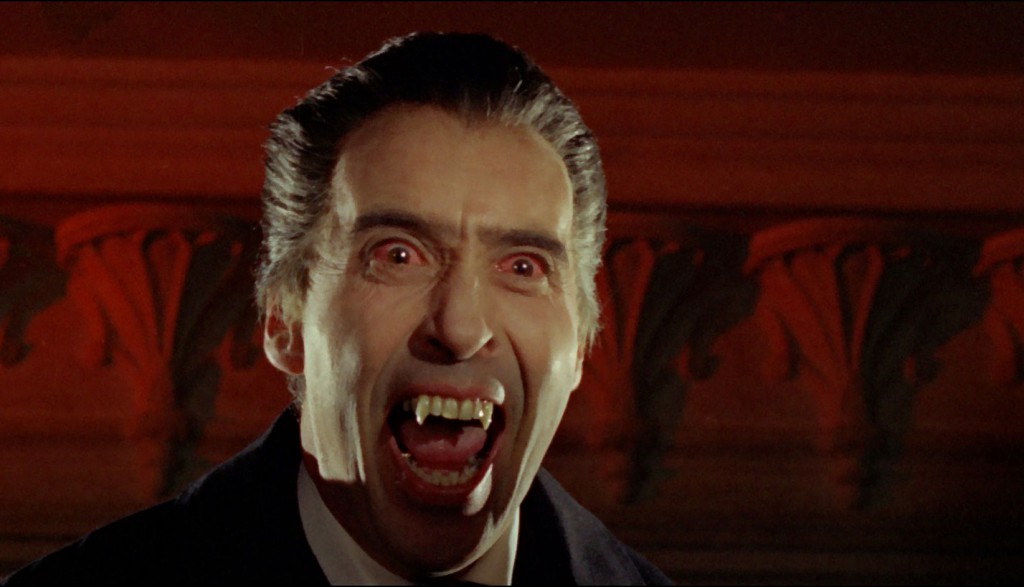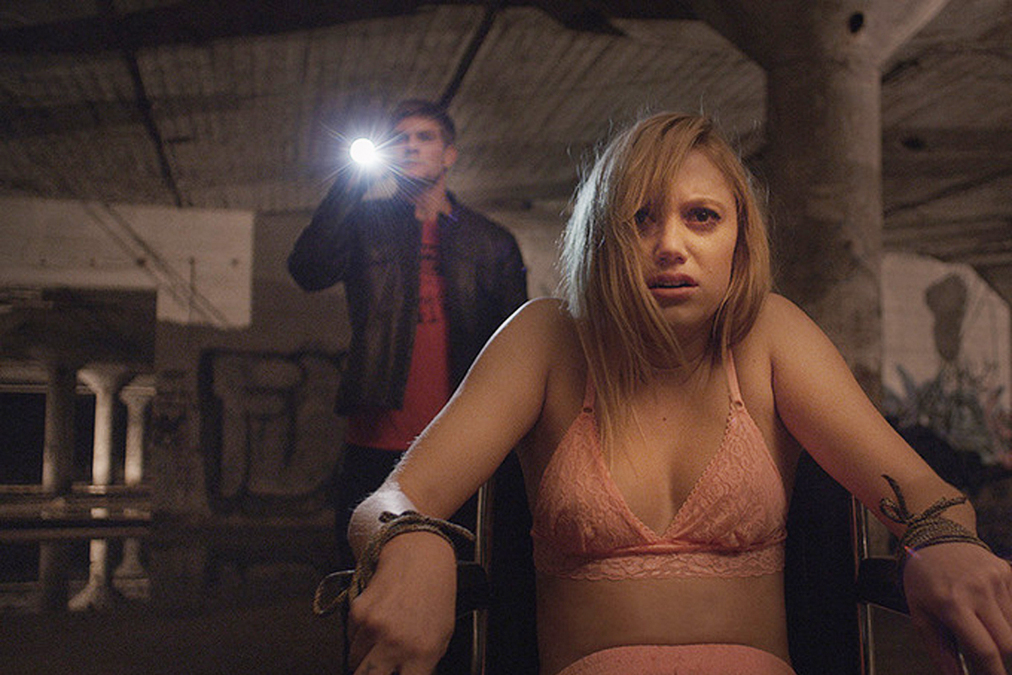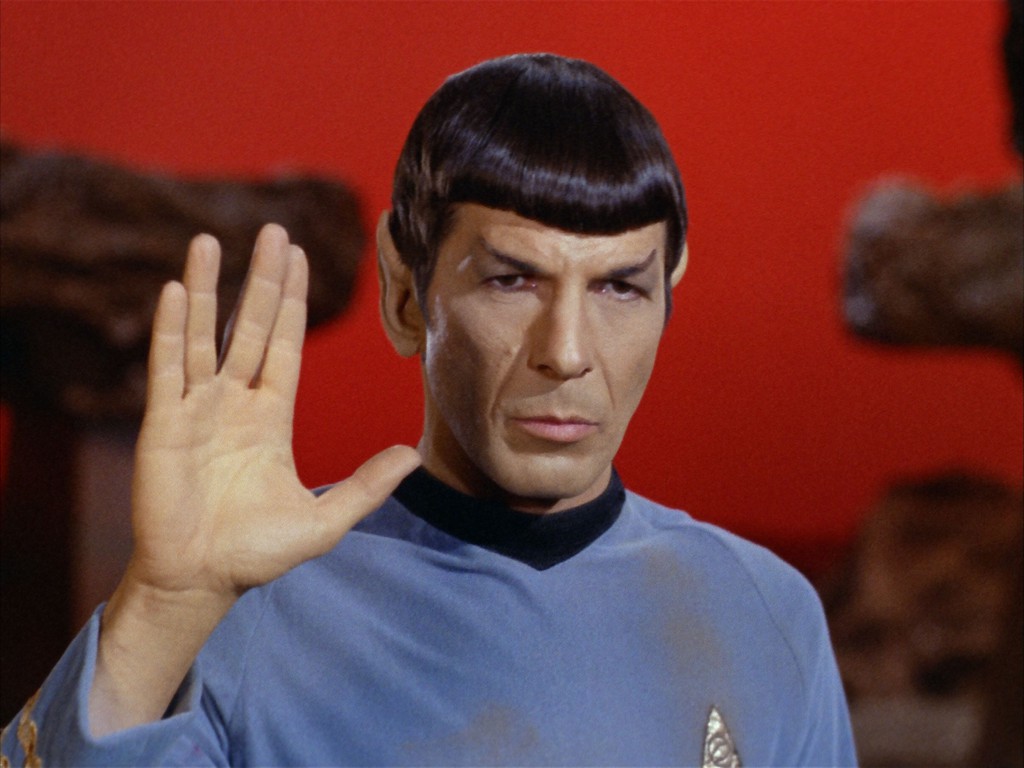Sir Christopher Lee passed away last weekend at the age of 93.
Oof. This one hits me really hard. I feel as though Christopher Lee has been a part of my life forever. I started watching British horror movies when I was quite young, thanks to weekend TV syndication, and Lee was in so many of them (along with his frequent on-screen collaborator Peter Cushing). He played the monster in 1957’s The Curse of Frankenstein, and the reanimated Kharis in 1959’s The Mummy. He was Sir Henry in The Hound of the Baskervilles (with Cushing as Holmes — a role Lee himself would get to play not long after in 1962’s Sherlock Holmes and the Deadly Necklace), and Professor Karl Meister in The Gorgon. He was Lord Summerisle in 1973’s unforgettable The Wicker Man, a role he often pointed to as his favorite, and the ghostly Kurt Meliff in Mario Bava’s trippy, S&M-tinged 1963 horror movie The Whip and the Body, which I first saw on Commander USA’s Groovie Movies under its hilariously imprecise US release title: What! — exclamation point included. He was the master assassin Scaramanga in the 1974 James Bond film The Man With the Golden Gun, playing opposite Roger Moore and, incredibly, Hervé Villechaize from Fantasy Island. He guest-starred twice on one of my favorite TV shows, The Avengers, most memorably as Professor Frank N. Stone in the remarkably creepy and sfnal 1967 episode “Never, Never Say Die,” in which Stone is killed over and over again throughout the episode until it’s finally revealed that it isn’t Stone himself who keeps breaking out of the morgue but a cyborg replica he created. I loved Lee’s every movie and TV appearance so much that my heart leapt with joy when I saw his unexpected cameo as the burgomaster in 1999’s Sleepy Hollow. Younger audiences know him as Count Dooku (that name!) in the Star Wars prequels and Saruman in The Lord of the Rings, of course, but to me, even after appearing in so many great films, he’ll always be indelibly linked to a single role. Count Dracula.
Say what you will about Bela Lugosi’s iconic performance as the vampire, but Christopher Lee was my Dracula. He portrayed a handsome and romantic Count, although not in that modern, urban fantasy sense of playing the role of boyfriend or lover. His hypnotic seductions of women led to savage bites on the neck, not make-out sessions. And yet there was still something undeniably sexy to it. There were a whopping nine films in his Dracula series, with Lee appearing in all of them but two (The Brides of Dracula, which is a shame, and The Legend of the Seven Golden Vampires, which he was wise to skip). My favorite is probably 1966’s Dracula: Prince of Darkness, but really I like all of them until 1972’s Dracula AD 1972. Once Dracula time-travels to the present, the series jumps the shark in a major way. After all, the Gothic sets and atmosphere of the first six films in the series went a long way toward making them as iconic as they are. Nobody did old stone castles, horse-drawn carriages, and twisted, leafless trees like Hammer!
One of the remarkable things about Christopher Lee is that he never stopped working. His IMDB page says he played 281 roles, and it appears he was working steadily right up until the end of his life. (And that’s not even counting his two heavy metal albums!) But to me, despite that impressive list of roles, Christopher Lee will always be Dracula. Rest in peace, Count. You gave us all so much.




